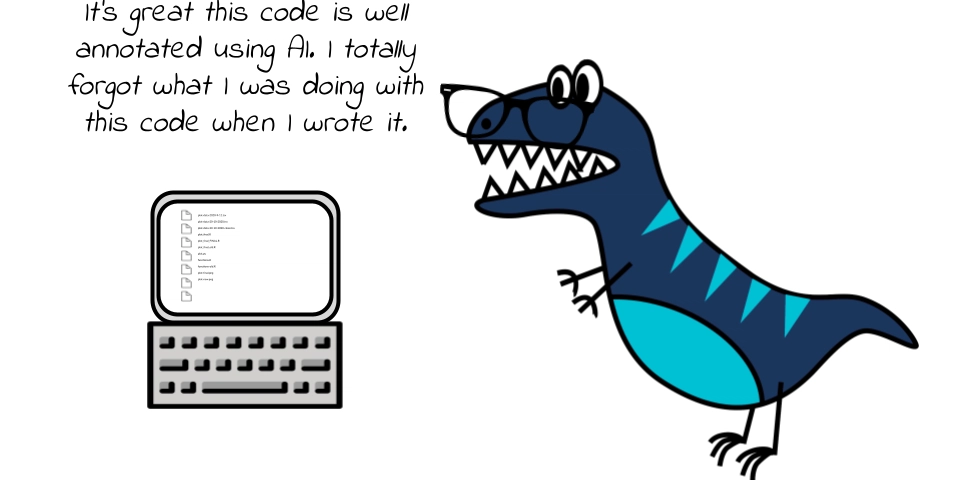Angular Signals vs Observables: A Deep Dive into Modern Reactivity
With the release of Angular 16, the framework introduced a powerful new reactive primitive: signals. Signals provide a new way to manage reactivity in your applications, enabling more predictable and efficient UI updates. But how do they compare with the well-established observables? When should you use one over the other? And how do features like computed() come into play? In this post, we’ll explore Angular signals in depth, compare them with observables, and provide practical use cases to guide your decision-making.

With the release of Angular 16, the framework introduced a powerful new reactive primitive: signals. Signals provide a new way to manage reactivity in your applications, enabling more predictable and efficient UI updates. But how do they compare with the well-established observables? When should you use one over the other? And how do features like computed() come into play?
In this post, we’ll explore Angular signals in depth, compare them with observables, and provide practical use cases to guide your decision-making.











































































































































































![[The AI Show Episode 142]: ChatGPT’s New Image Generator, Studio Ghibli Craze and Backlash, Gemini 2.5, OpenAI Academy, 4o Updates, Vibe Marketing & xAI Acquires X](https://www.marketingaiinstitute.com/hubfs/ep%20142%20cover.png)




























































































































![[DEALS] The Premium Learn to Code Certification Bundle (97% off) & Other Deals Up To 98% Off – Offers End Soon!](https://www.javacodegeeks.com/wp-content/uploads/2012/12/jcg-logo.jpg)


![From drop-out to software architect with Jason Lengstorf [Podcast #167]](https://cdn.hashnode.com/res/hashnode/image/upload/v1743796461357/f3d19cd7-e6f5-4d7c-8bfc-eb974bc8da68.png?#)








































































































.png?#)


































_Christophe_Coat_Alamy.jpg?#)
.webp?#)
 (1).webp?#)






































































































![Apple Considers Delaying Smart Home Hub Until 2026 [Gurman]](https://www.iclarified.com/images/news/96946/96946/96946-640.jpg)
![iPhone 17 Pro Won't Feature Two-Toned Back [Gurman]](https://www.iclarified.com/images/news/96944/96944/96944-640.jpg)
![Tariffs Threaten Apple's $999 iPhone Price Point in the U.S. [Gurman]](https://www.iclarified.com/images/news/96943/96943/96943-640.jpg)

































































































































